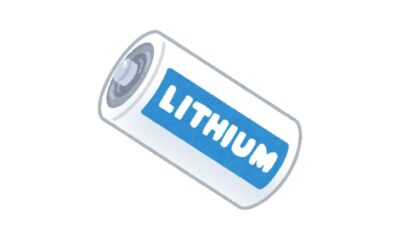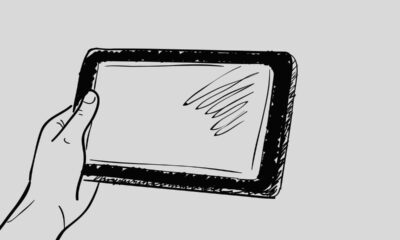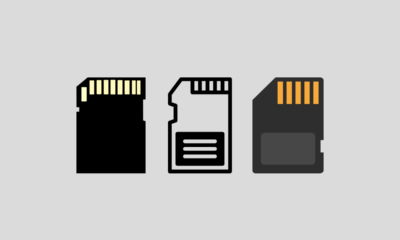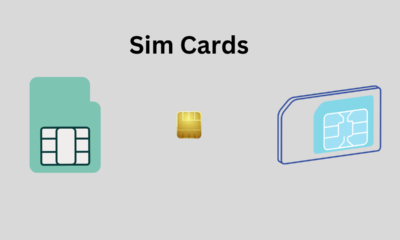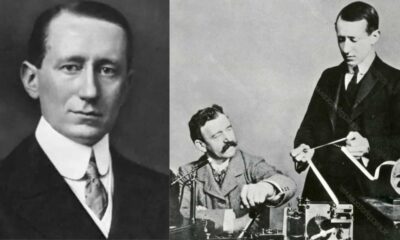Mac
How to backup photos to my Mac with or without time machine
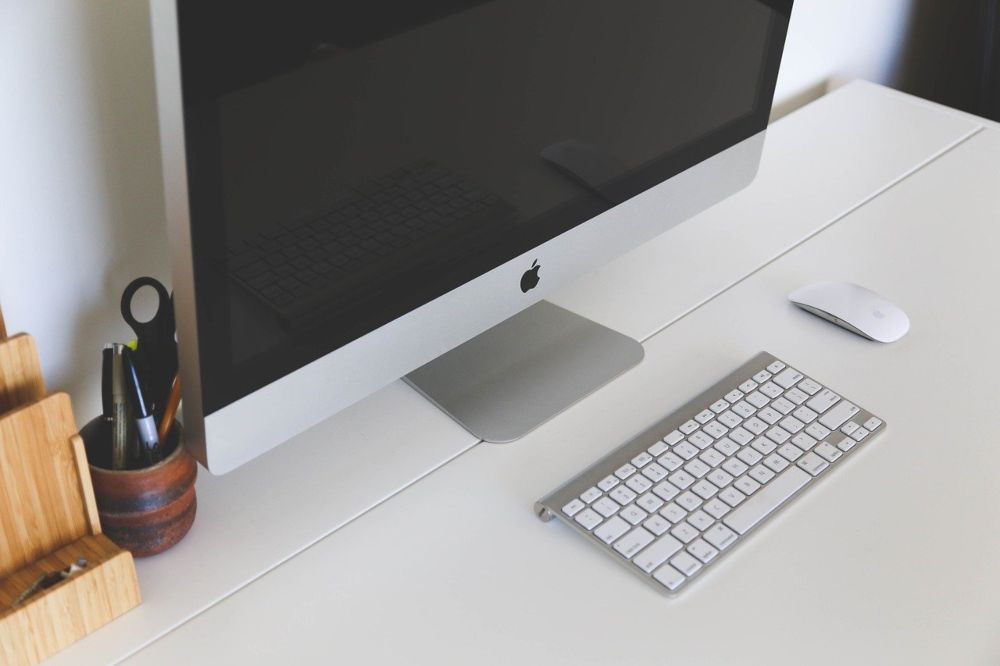
If you are an Apple user and you want to learn how to make a backup copy of your photos, then you have come to the right place, since we will teach you how to do it later. It is always advisable to have a backup of photos and files, because if when updating the software we lose all the information due to an error, then you can use your backup to recover everything without problems.
Steps to back up photos to my Mac with Time Machine
Next, we will show you all the steps you must follow to make a backup copy of the photos on my Mac with Time Machine.
- To start you must press the CMD key and the space bar at the same time to open ‘Spotlight’. Later you have to write ‘Time Machine’ and proceed to run the app.
- Next, you have to connect the disk or external device on which you are going to store your backup to back up your files.
- Right after connecting the disk to the computer, the Time Machine program will ask you if you want to use that drive to store the backup you are going to make.
- You will also have to check a box that says ‘Encrypt backup disk’. In this way, you will have to enter a password to access the files saved on the disk. This is an advantage since if the backup falls into the hands of third parties, they will not be able to access your information easily.
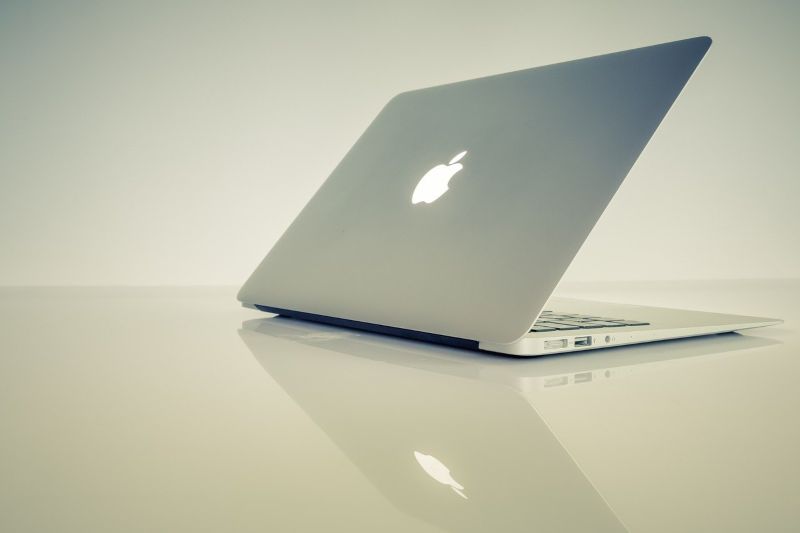
- In fact, the official Apple website recommends that we only use one device to save the backups that we make throughout the year. Also remember that if the disk does not have the proper format, you will have to format it from scratch.
- So, to create the password you will have to fill three fields: in the first, you must enter the password you want, then in the second field you have to write the password again and in the last field you can add a clue. This will help you remember it in case it does not come to mind when accessing the hard drive.
- After you finish creating the password, you simply have to click on the option that says ‘Encrypt disk’. In case the disk does not meet the recommended format requirements, then the Time Machine program will ask you if you want to erase the disk completely.
- If you click on the ‘Delete’ option, we remind you that you will permanently delete both the information and the previous formats from the unit where you are going to make the backup. That is why we recommend that you make sure that the disk does not have any relevant document before formatting it.
- In addition, we remind you that if you proceed with the disk formatting, you will have to wait a few minutes until all the files that you had saved are deleted. The more files you delete, the longer this process will take and a notification will appear on the desktop taskbar at the end.
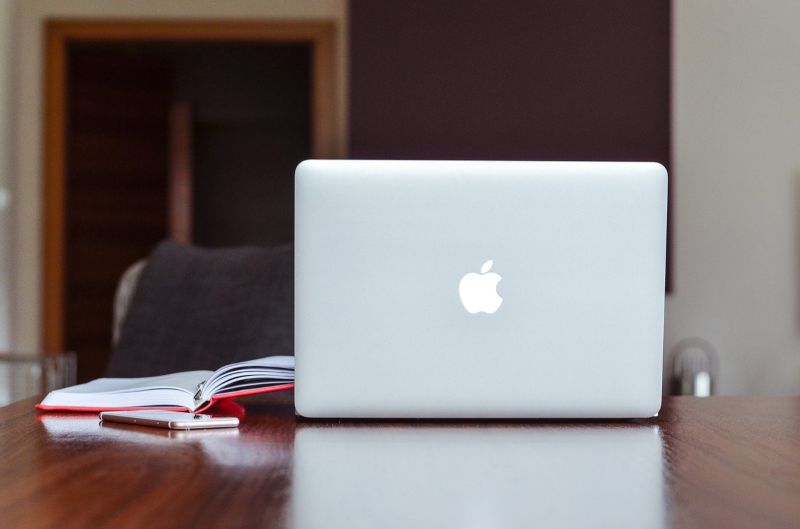
- Now, if you press the option ‘Do not delete’ you will be redirected to the device selection menu to make the backup on your Mac.
How to Backup Photos to My Mac with iCloud Drive
In case you don’t know, all photos and documents that you save in iCloud Drive will be updated on all your Apple devices. In other words, you will be able to access all the synchronized documents from iPhone, iPad, or iPod touch, which works as a backup copy of your photos.
Set up iCloud Drive on a Mac
- To start you have to turn on your Mac and open the Apple menu. Here you must select the option that says ‘System Preferences’.
- Then click on your Apple ID and select iCloud.
- Now you must log in with your Apple ID and finally select the ‘iCloud Drive’ section.
Set up iCloud Drive on the rest of the iPhone, iPad, or iPod Touch devices
- First, open the settings menu and click on your Apple ID.
- Then you have to select the ‘iCloud’ section and proceed to activate iCloud Drive.
- You can also find all your iCloud Drive files in the app called Files.
Mac
How to Access System Report on MacOS Ventura
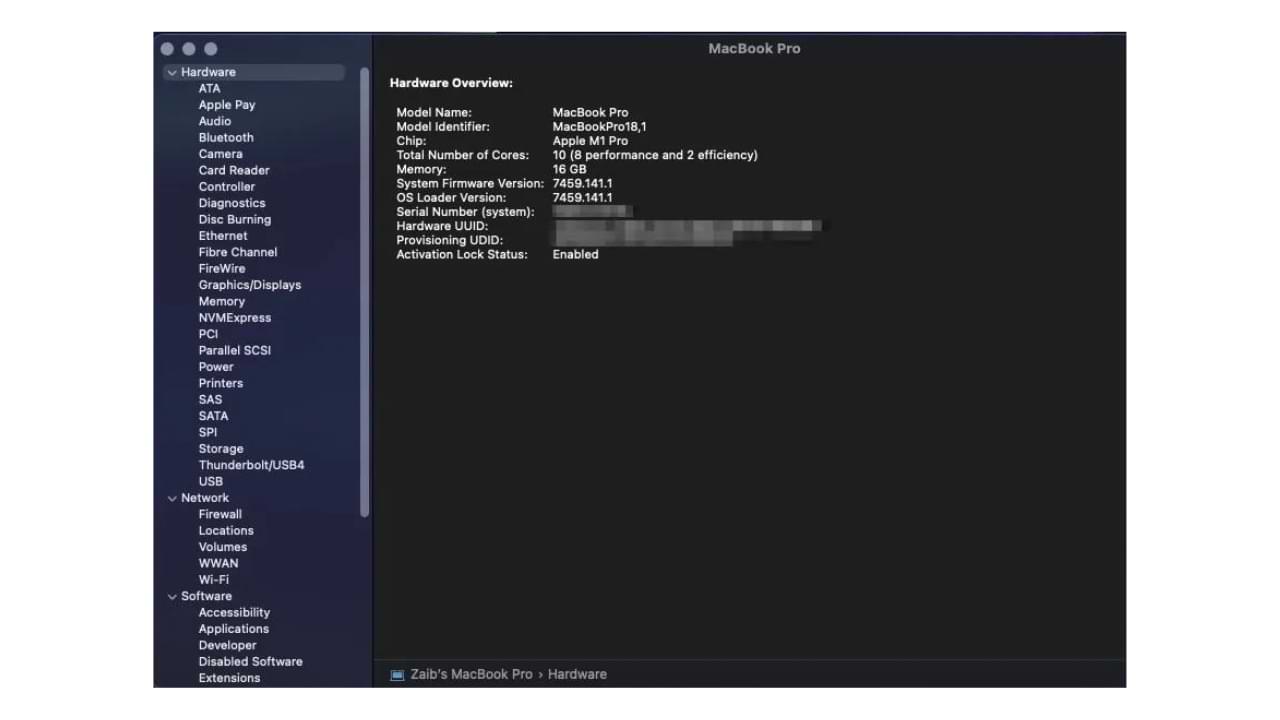
Accessing the System Report on a MacOS Ventura can provide you with useful information about your device, including its hardware and software specifications, performance, and usage statistics. This information can be especially useful if you are troubleshooting an issue, trying to upgrade your device, or just want to know more about your computer.
Here’s a step-by-step guide on how to access the System Report on a MacOS Ventura:
Step 1: Open the Apple Menu
The first step to accessing the System Report is to open the Apple menu located in the top-left corner of your screen. Click on the Apple logo to open the menu.
Step 2: Choose “About This Mac”
Once the Apple menu is open, select “About This Mac” from the options. This will open a window that displays basic information about your MacOS Ventura, such as the operating system version, processor type, and memory.
Step 3: Click on “System Report”
At the bottom of the “About This Mac” window, there is a button labeled “System Report”. Click on this button to open the System Report.
Step 4: Browse the System Report
The System Report contains a wealth of information about your MacOS Ventura. You can browse through the report by clicking on the various categories listed on the left side of the window. Some of the categories you may want to check out include:
- Hardware: This section provides detailed information about the hardware components of your device, including the processor, memory, storage, and other peripherals.
- Software: This section provides information about the software installed on your MacOS Ventura, including the operating system version, installed applications, and other software.
- Network: This section provides information about your device’s network connections, including Wi-Fi, Ethernet, and other network devices.
- Power: This section provides information about your device’s power usage and battery performance.
Step 5: Save the System Report
If you need to save the System Report for later reference, you can do so by clicking on “File” in the menu bar and selecting “Save”. This will allow you to save a copy of the report as a text file on your computer.
In conclusion, accessing the System Report on a MacOS Ventura can provide you with valuable information about your device, and can be a helpful tool for troubleshooting, upgrading, or just getting to know your computer better. By following these steps, you can easily access and save the System Report on your MacOS Ventura.
Mac
How to Copy & Paste Edits to Photos on Mac
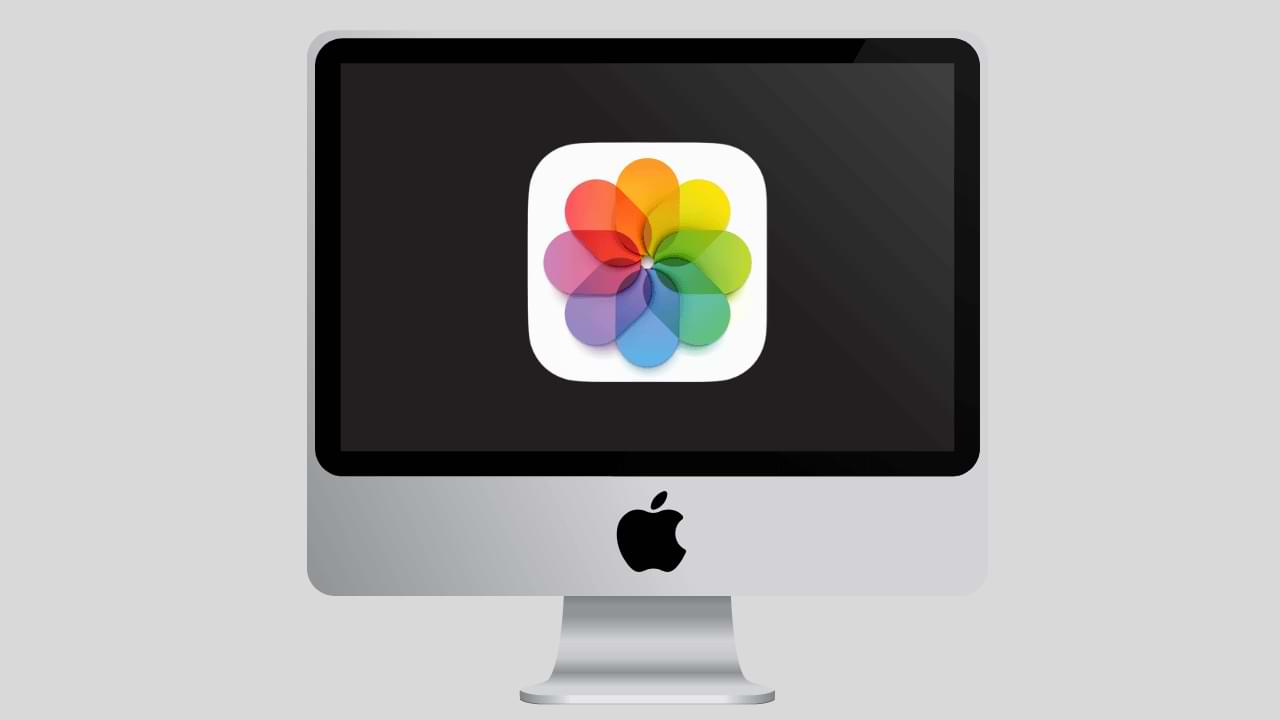
Copying and pasting edits to photos on a Mac can be a time-saving technique for those who often need to apply similar adjustments to multiple photos. Here is a step-by-step guide to copy and paste edits from one photo to another on a Mac:
- Open Photos app: The Photos app is the default photo management software for Mac computers. Open it by clicking the Photos icon in the Launchpad or by searching for it using Spotlight.
- Select the Source Photo: Choose the photo that you have already made edits to and want to copy the adjustments from.
- Click “Edit” button: Once the source photo is selected, click the “Edit” button located in the top right corner of the Photos window.
- Copy Edits: To copy the edits, click the “File” menu and then select “Duplicate” or press “Cmd+D”. A duplicate copy of the photo will appear in the Photos library.
- Select the Destination Photo: Next, select the photo to which you want to paste the edits.
- Click “Edit” button: As in step 3, click the “Edit” button to open the editing tools for the destination photo.
- Paste Edits: Now, click the “File” menu and select “Paste Adjustments” or press “Cmd+Option+V”. The adjustments from the source photo will now be applied to the destination photo.
- Save Changes: After pasting the edits, make sure to save the changes to the destination photo by clicking the “Done” button in the top right corner of the Photos window.
Note: The “Paste Adjustments” feature is only available on Photos app version 3.0 or later. If you have an older version, you may need to update the Photos app to take advantage of this feature.
By following these simple steps, you can easily copy and paste edits from one photo to another on your Mac. This can save time and effort, especially when making similar adjustments to multiple photos.
Mac
How to Change the Undo Send Delay on Mac Mail

Mac Mail is a powerful email client that comes built-in with the latest version of macOS. It offers a wide range of features that make email management a breeze. One of its most useful features is the “Undo Send” option, which allows you to recall a sent email within a few seconds of sending it.
By default, the undo send delay on Mac Mail is set to 10 seconds, but this setting can be changed based on your preference. In this article, we will be discussing the steps involved in changing the undo send delay on Mac Mail.
Step 1: Launch Mac Mail
To begin, launch the Mac Mail application on your Mac.
Step 2: Go to Preferences
Next, click on the Mail menu in the top left corner of the screen and select “Preferences“. This will open the Mail preferences window.
Step 3: Select “Composing”
In the preferences window, click on the “Composing” tab. This tab contains all the settings related to composing and sending emails in Mac Mail.
Step 4: Change Undo Send Delay
Under the “Undo Send Delay” section, you will see the current delay setting. You can change this setting by using the drop-down menu to select a different value. The values range from 10 seconds to 120 seconds.
Step 5: Save Changes
Once you have selected the desired delay setting, close the preferences window by clicking on the “OK” button. Your changes will be saved automatically.
Step 6: Test the New Delay
To test the new undo send delay, send an email and try to recall it within the new delay time. You should be able to recall the email by clicking on the “Undo Send” option in the top right corner of the screen.
In conclusion, changing the undo send delay on Mac Mail is a simple process that can be done within a few minutes. By increasing the delay, you can give yourself more time to recall a sent email in case you made a mistake. This can save you from potential embarrassment and improve your email management experience.
-
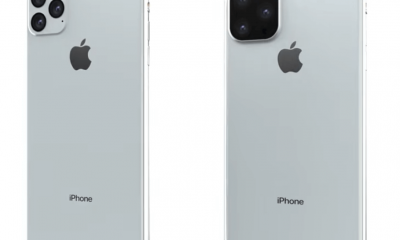
 Phones5 years ago
Phones5 years agoApple iPhone 11 (2019) – Release, Info, Leaks, Rumors
-
![Huawei's New Operating System is HarmonyOS [ Officially ],harmony os,huawei new operating system, huawei harmony OS,](https://www.thedigitnews.com/wp-content/uploads/2019/08/Screenshot__2285_-removebg-preview-2-1-400x240.png)
![Huawei's New Operating System is HarmonyOS [ Officially ],harmony os,huawei new operating system, huawei harmony OS,](https://www.thedigitnews.com/wp-content/uploads/2019/08/Screenshot__2285_-removebg-preview-2-1-80x80.png) Phones5 years ago
Phones5 years agoHuawei New Operating System is HarmonyOS [ Officially ]
-

 News5 years ago
News5 years agoBelle Delphine bath water – Instagram Model Sells Used Bathwater For 30$ To Their Loyal Followers
-

 Tech5 years ago
Tech5 years agoLevi’s Bluetooth Jacket Lets You Control Your Smartphone


